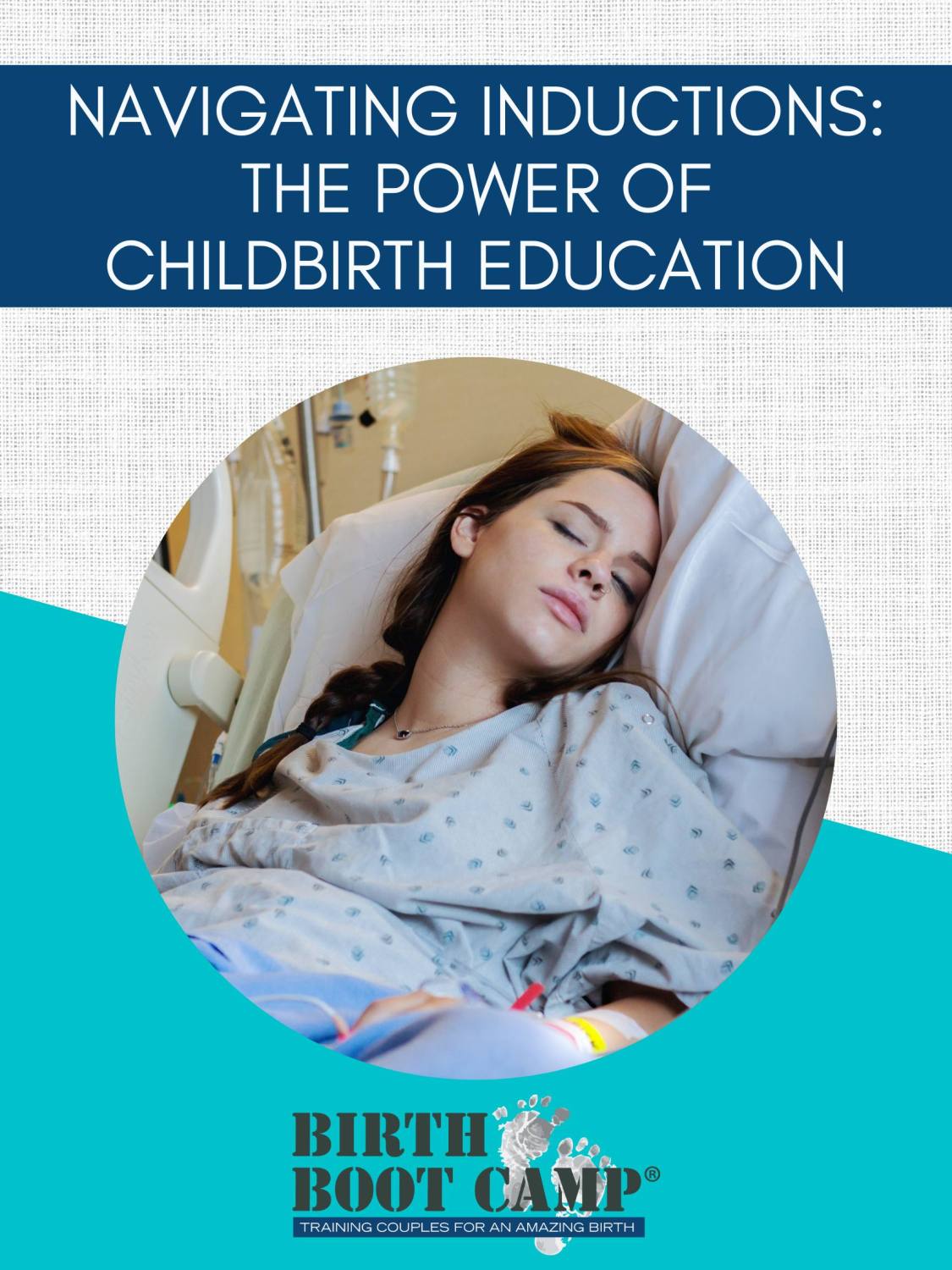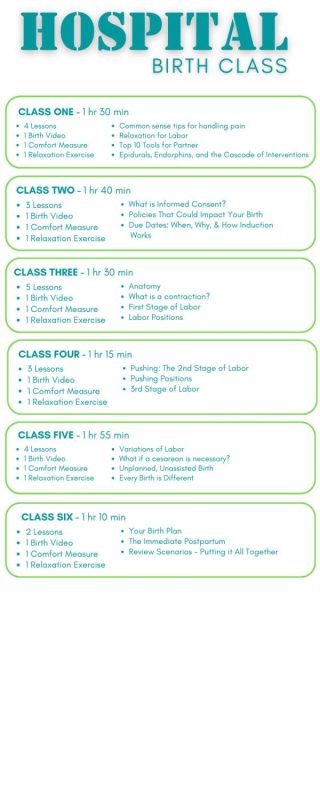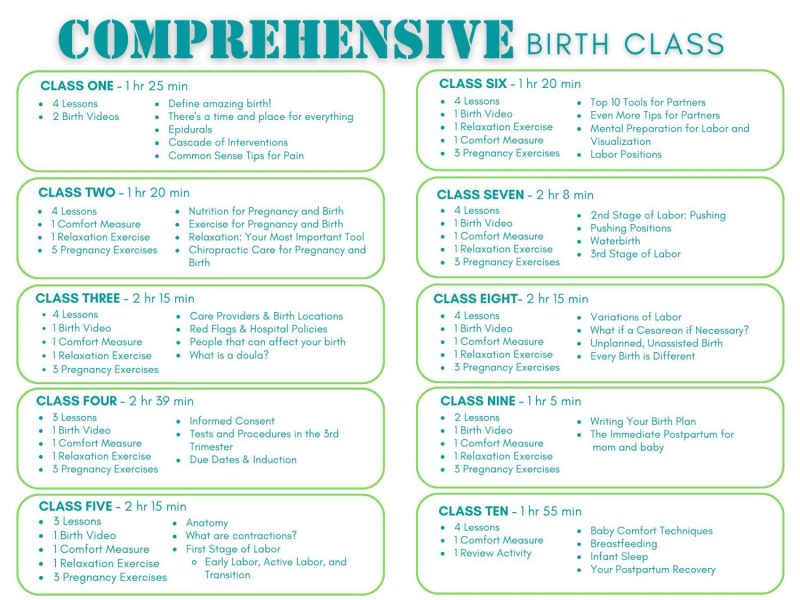Navigating Inductions: The Power of Childbirth Education
The U.S. has the highest infant and maternal mortality rates compared with any other high-income country, even though we spend the most on healthcare. Black women are dying at a rate that is 3-4 times higher than the rate for White women. There are a lot of problems in our maternity care system. It’s complicated and messy and deeply layered. There’s no easy fix.
We believe that childbirth education plays an important role in improving birth and changing statistics. We want families to educate themselves, to know their options, use their voices, and demand better care.

Hollie Hauptly and Cherly Amelang teaching the Childbirth Education Class
In September, our CEO, Hollie Hauptly, and Certification Coordinator, Cheryl Amelang, had the amazing opportunity to present at DoulaCon in Denver, Colorado. The presentation was titled, “Harnessing the Power of Childbirth Education to Foster Positive Birth Experiences and Improve Maternal-Infant Outcomes.” Here at Birth Boot Camp, we firmly believe that childbirth education can create positive birth experiences! With the knowledge and confidence parents can gain from a childbirth class they can make informed choices during childbirth which will help improve maternal-infant outcomes. In this 10-week series, we will break down and discuss the statistics and how childbirth education can either help improve birth outcomes. This week we will cover induction of labor.
Induction of Labor: Understanding the Basics
The definition of the induction of labor is “the use of medications or other methods to bring on (start) labor.”
It is reported that 31.37 % of people have their labors induced and some researchers believe that number is underreported. There has been a steady rise in the induction rate since 1989, but has increased significantly in the last 5-7 years.
While there are medical reasons to consider induction, such as high blood pressure or IUGR, there are also risks associated with it.
One Australian study released just this month interviewed more than 6,000 women about their birth experiences. Researchers found that 85% of women said they would do things differently the next time around. 39.2% said they wanted to avoid a repeat of their previous birth experience and be a better advocate for themselves. They want to be more informed about their choices, and avoid many of the interventions they experienced.
Hundreds of women also stated that they would try to avoid an induction of labor. They feel that they were inadequately informed about the process of the induction and weren’t given any options. There are studies in other countries, including the UK, Germany, and Norway where women have reported the similar feelings. They weren’t happy with the information they received about induction and would rather avoid one again.
Proactive Steps to Avoid Induction
Stay Healthy and Low Risk

A healthy pregnancy can decrease the need for interventions such as induction.
First, it is important for expecting couples to learn how they can stay healthy
and low risk, thus hopefully avoiding the need for an induction and other interventions. Eating well and exercise are two huge factors in staying healthy and low risk. We can’t control how birth will go, but for the most part, we have more control over food and exercise.
Understand Methods of Induction + Cascade of Interventions
Second, they need to understand methods of induction and the cascade of interventions that can follow once an intervention is started. There are a variety of ways to induce labor. Methods may include Pitocin (synthetic oxytocin), Misoprostol (Cytotec), Foley bulb/balloon, Cervidil, or breaking the bag of waters.
The cascade of interventions can look like this:
Pitocin started to induce labor – Constant Electronic Fetal Monitoring, Lack of Movement, Break Bag of Waters, On The Clock – Epidural – limited movement so baby isn’t engaging in the pelvis – More Pitocin – Fetal Distress – C-Section.
Now, it doesn’t always play out that way, but it’s a common story and when we think about the hundreds of women who reported wanting to avoid an induction with their next birth, we have to take into account how induction impacts labor and birth.
RELATED: Cascade of Interventions
Understand When an Induction is Necessary
Third, expecting families need to understand when an induction is necessary and when it is not. They should learn what those medical reasons for induction are and how to talk to their care provider and ask questions about induction.
Ask questions like:
“How often do you induce your patients?”
“When do you recommend induction?”
“What is your policy if I go past my due date?”
“How do you prefer to induce your patients?”
“What methods do you use?”
“What is my bishop’s score and would cervical ripening benefit me?”
Families should learn what all that is involved with an induction and the risks associated with it so they can make an informed decision for themselves. Education plays an important role in learning how to make choices that are right for them and their specific situation.
One study showed that taking a childbirth class lowered the rate of c-section specifically from a failed induction. This is important to note because understanding how to navigate an induction if it becomes necessary can help families know how to avoid unwanted interventions or a c-section. Inductions don’t have to be a scary or traumatic experience if there is the knowledge and preparation needed to know how to navigate it and have realistic expectations.
Dr. Sarah Wickham says “Women don’t fail, Inductions and the systems do.” with which, we totally agree and believe that education can help lower the induction rate and help women and birthing people feel more confident in their choices.
“Women don’t fail, inductions and the systems do.” – Dr. Sara Wickham PhD
Do you want to help families make informed decisions to help them have an amazing birth?
Enter your info below to get our FREE “Guide to Becoming a Birth Professional”
Learn more about certifying as a Childbirth Educator with Birth Boot Camp!








